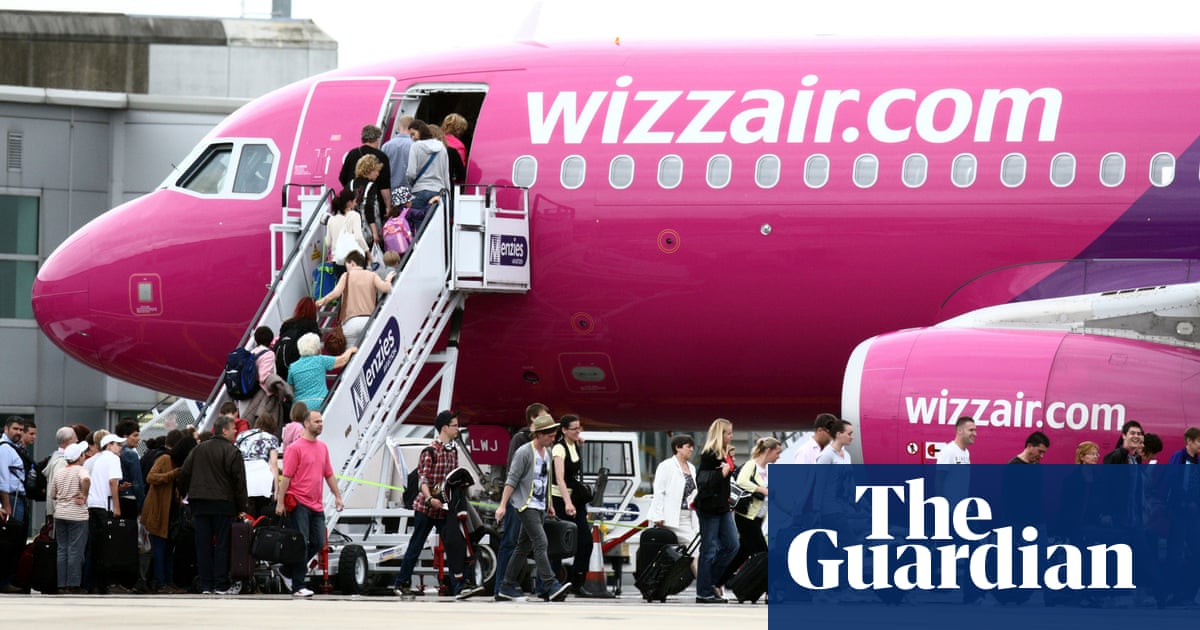
A UK company that turns carbon dioxide into protein to be used for animal feed has raised €8m (£6.8m) in funding as it seeks to displace the use of deforestation-linked soy by farmers.
Carbon and hydrogen are fed to a microorganism in a fermentation process similar to what you would see in a brewery. But rather than alcohol, the output is a high-value protein that can be dried and converted into pellets to feed animals.
The need for natural sources of protein such as soy and fishmeal has long been an environmental headache for farmers with animals to feed. Soy is linked to deforestation in regions such as the Amazon, and fishmeal requires large quantities of wild-caught fish to produce.
In contrast, the protein created by startup Deep Branch will rely on recycling carbon from industrial emitters. The waste gas will need to go through a chemical purification process to separate the carbon dioxide from other gases before it can be used to produce protein.
“There are big sustainability drawbacks from the proteins we currently use to produce animal products like salmon fillets and chicken drumsticks,” said Deep Branch’s co-founder, Peter Rowe, “but we can produce a high-quality protein without requiring any arable land or fish.”
Rowe said animal producers faced increased competition for feedstocks such as soy and fishmeal and that Deep Branch’s protein, which is being produced in Europe, offered a more secure food source less affected by geopolitics, seasonality or climate.
Insects have also been touted as a sustainable protein-rich alternative to soy and fishmeal, but Rowe said his firm’s protein would be easier to scale up and produce at lower cost, if it can locate next to industrial plants capturing carbon. The company will start commercial trials of its feed on chickens and salmon by the summer.
“It won’t all be plain sailing from here, though,” said Mike Allen, a professor in environmental sciences at the University of Exeter and Plymouth Marine Laboratory. “I imagine they will face significant challenges with scaling up their process, and they’ll still need to blend their product with other types of biomass to provide the full nutrient profile required for healthy animal growth.”
The startup has already attracted support from leading animal feed companies in Europe, BioMar and AB Agri, and is close to agreeing to build its first commercial production facility in Norway, where it hopes to supply the country’s aquaculture sector. Norway is the world’s leading salmon exporter and has a number of carbon capture and storage projects in development.
However, Allen said the company should not be seen as a climate-saving project. “Any process that utilises industrial CO2 emissions is great in theory, but they’ll have to be honest and realistic about how much CO2 they are actually remediating, and what their overall carbon footprint is.
“Most of the CO2 run through their bioreactors will pass straight through, I imagine. And the hydrogen will come with a carbon footprint too. This isn’t a carbon capture technology, despite how it may be branded – it’s a protein production platform,” he said.
While global demand for meat remained high, Rowe said, Deep Branch’s protein feed was a more sustainable alternative to soy or fishmeal.
“Yes, reducing meat consumption also reduces our impact on the environment, but not everyone sees it that way, so if we can reduce the impact of animal protein production, then that’s only a good thing,” he said.
WWF said it welcomed attempts to reduce dependence on soy. “These bacterial processes using excess materials like carbon dioxide and agricultural byproducts are a good thing, as they don’t, like soy, cause deforestation, biodiversity loss and don’t need freshwater or fertiliser,” said the charity’s aquaculture lead, Piers Hart.
“We shouldn’t be using precious land and fresh water to grow crops for feed when it could be used to grow crops for food, so we shouldn’t be using soy and maize to feed animals.
“Whether they [alternative proteins] will completely displace soy will come down to cost in the end. We hope that increasing demand and scaling production will bring the price down and also that people will say that, yes, it may be slightly more expensive, but it’s that much better for the planet that we will use it,” said Hart.












